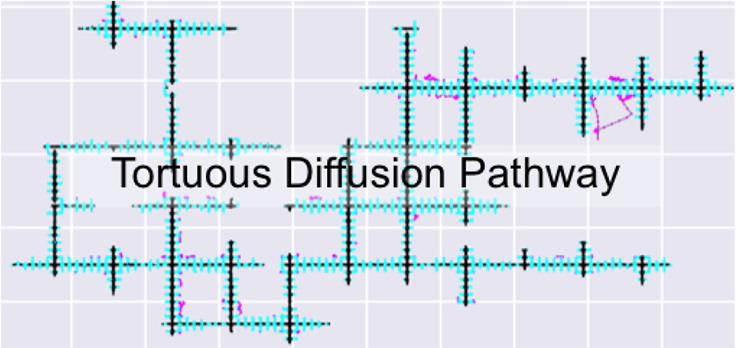ACS Nano 10, 7612-7618 (2016)
Introducing mesoporosity to conventional microporous sorbents or catalysts is often proposed as a solution to enhance their mass transport rates. Here, we show that diffusion in these hierarchical materials is more complex and exhibits non-monotonic dependence on sorbate loading. Our atomistic simulations of n-hexane in a model system containing microporous nanosheets and mesopore channels indicate that diffusivity can be smaller than in a conventional zeolite with the same micropore structure, and this observation holds true even if we confine the analysis to molecules completely inside the microporous nanosheets. Only at high sorbate loadings or elevated temperatures, when the mesopores begin to be sufficiently populated, does the overall diffusion in the hierarchical material exceed that in conventional microporous zeolites. Our model system is free of structural defects, such as pore blocking or surface disorder, that are typically invoked to explain slower-than-expected diffusion phenomena in experimental measurements. Examination of free energy profiles and visualization of molecular diffusion pathways demonstrates that the large free energy cost (mostly enthalpic in origin) for escaping from the microporous region into the mesopores leads to more tortuous diffusion paths and causes this unusual transport behavior in hierarchical nanoporous materials. This knowledge allows us to re-examine zero-length-column chromatography data and show that these experimental measurements are consistent with the simulation data when the crystallite size instead of the nanosheet thickness is used for the nominal diffusional length.
